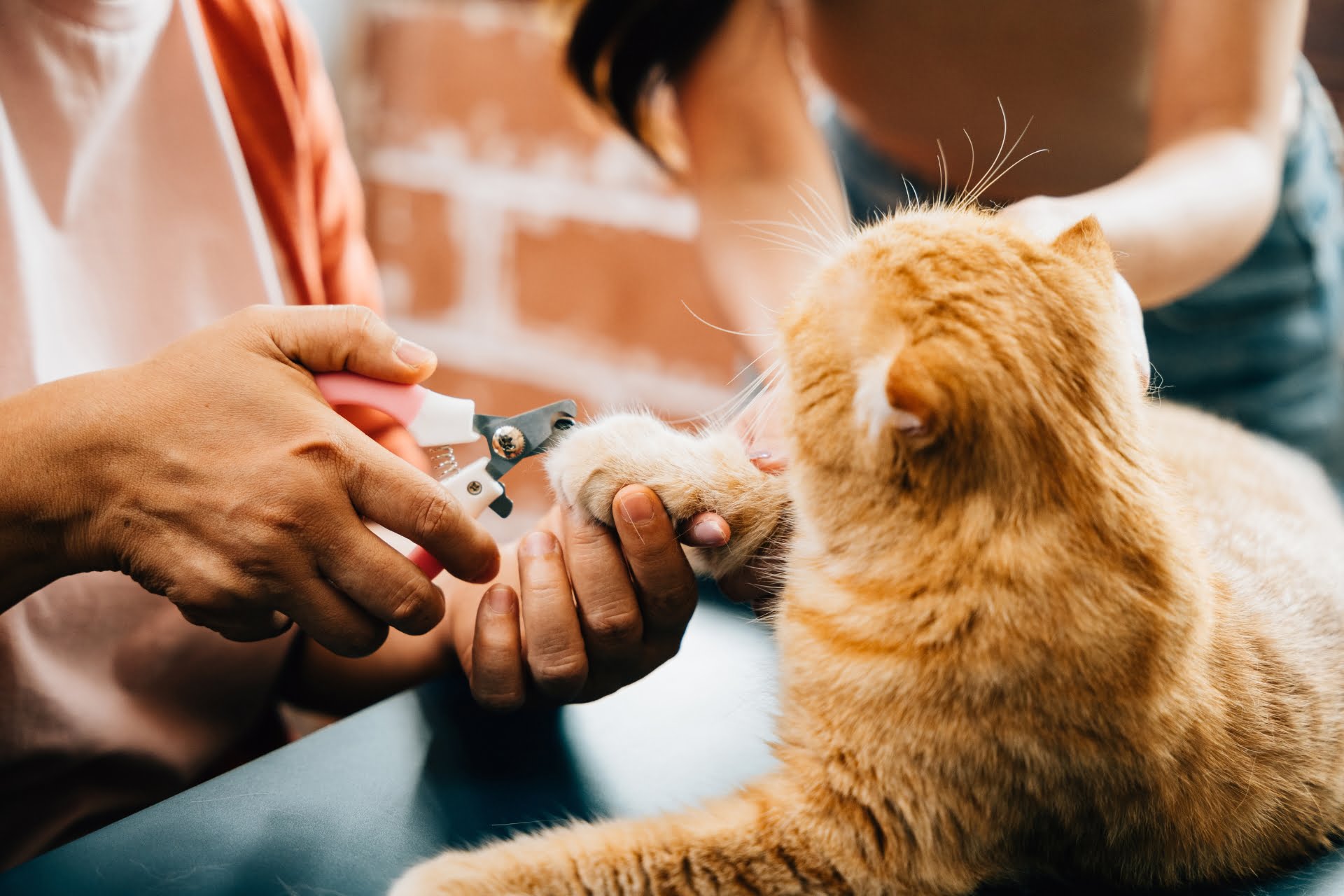Trimming your cat’s nails can be a challenging task, especially if they’re resistant to the process. However, by employing patience, gentle handling, and positive reinforcement, you can make the experience more comfortable for both you and your feline companion.
Contents
- Introduction
- Signs Your Cat Needs a Nail Trim
- Preparing for the Nail-Trimming Process
- Techniques for Trimming a Reluctant Cat’s Nails
- Step-by-Step Guide to Trimming Your Cat’s Nails
- Dealing with Challenges
- Aftercare and Rewards
- Conclusion
- FAQs
Introduction
Cats, as adorable as they are, often resist nail trimming, making it a daunting task for many pet owners. However, understanding the importance of keeping your feline friend’s claws in check and employing the right techniques can make the process much smoother for both you and your cat. Trimming your cat’s nails is essential not only for your furniture and skin but also for your cat’s health and comfort. Untrimmed nails can become ingrown, cause discomfort, and even lead to infections. Therefore, learning how to trim your cat’s nails properly is crucial for their well-being.
Signs Your Cat Needs a Nail Trim
Before diving into the trimming process, it’s important to recognize when your cat’s nails require attention. Signs that your cat needs a nail trim include:
- Clicking sound when walking on hard surfaces
- Visible overgrowth or curling of the nails
- Scratching furniture excessively
- Accidental scratches during play
Preparing for the Nail-Trimming Process
Preparing adequately for the nail-trimming session can significantly improve its success rate. Start by gathering the necessary supplies, including cat-specific nail clippers, treats, and a towel. Additionally, create a calm environment free from distractions to minimize stress for both you and your cat.
Techniques for Trimming a Reluctant Cat’s Nails
Trimming the nails of a resistant cat requires patience and gentle persuasion. Here are some techniques to help ease the process:
Gradual Introduction to Handling Paws
Before attempting to trim your cat’s nails, gradually accustom them to having their paws touched and manipulated. This can help reduce anxiety and resistance during the actual trimming session.
Using Positive Reinforcement
Reward your cat with treats and praise for allowing you to handle their paws, even if only for a short duration. Positive reinforcement can help create a positive association with nail trimming.
Employing Distraction Techniques
During the trimming process, distract your cat with toys or treats to keep them occupied and less focused on the task at hand. This can help alleviate anxiety and make the experience more tolerable for your cat.
Step-by-Step Guide to Trimming Your Cat’s Nails
Once you’ve prepared your cat and gathered your supplies, follow these steps to trim their nails effectively:
Holding Your Cat Securely
Gently restrain your cat in a comfortable position, ensuring they feel safe and supported. Wrapping them in a towel or blanket can help provide additional security.
Identifying the Quick and Trimming Appropriately
Carefully examine each nail to locate the quick, the pink area containing blood vessels and nerves. Avoid cutting into the quick, as it can cause pain and bleeding. Trim only the sharp tip of the nail.
Trimming Individual Nails
Using cat-specific nail clippers, trim each nail in small increments to avoid cutting too close to the quick. Take breaks if your cat becomes anxious, and reward them for their cooperation.
For the full guide, read our other article on “How to Trim Your Cat’s Nails”.
Dealing with Challenges
Despite your best efforts, some cats may still resist nail trimming. Here are some strategies for overcoming common challenges:
Handling an Anxious or Aggressive Cat
If your cat becomes too stressed or aggressive during the trimming process, stop and try again later. Consider seeking assistance from a professional groomer or veterinarian if necessary.
Managing Accidental Cuts
In the event of an accidental cut, apply gentle pressure to the affected nail to stop the bleeding. If bleeding persists, consult your veterinarian for further advice.
Older Cats
Older cats present their specific and unique challenges and require extra care. Read more about how to care for senior cats here.
Aftercare and Rewards
After trimming your cat’s nails, provide them with treats and praise to reinforce positive behavior. Monitor their nails regularly for any signs of overgrowth or issues that may require attention.
Conclusion
Trimming your cat’s nails can be a challenging task, especially if they’re resistant to the process. However, by employing patience, gentle handling, and positive reinforcement, you can make the experience more comfortable for both you and your feline companion.
FAQs
- How often should I trim my cat’s nails?
- It depends on your cat’s activity level and whether they have access to scratching posts. Generally, aim for once every 2-4 weeks.
- What if my cat refuses to let me trim their nails?
- Start by gradually acclimating your cat to nail trimming and consider seeking assistance from a professional if necessary.
- Can I use human nail clippers to trim my cat’s nails?
- It’s not recommended, as human nail clippers may cause splitting or crushing of the nail. Opt for cat-specific nail clippers instead.
- Is it normal for my cat’s nails to bleed slightly after trimming?
- Accidental cuts into the quick can cause minor bleeding. Apply gentle pressure to stop the bleeding, and consult your veterinarian if it persists.
- What if my cat’s nails are exceptionally long or curled?
- In such cases, it’s best to seek guidance from a veterinarian or professional groomer to avoid injury to your cat.












I would like to thnkx for the efforts you have put in writing this blog. I am hoping the same high-grade blog post from you in the upcoming as well. In fact your creative writing abilities has inspired me to get my own blog now. Really the blogging is spreading its wings quickly. Your write up is a good example of it.